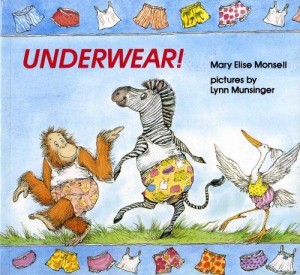Rent prices in Los Angeles County increased by nearly 15 percent over a recent period as wages remained unchanged, putting pressure on renters to find other ways to make ends meet or face potential homelessness.
The U.S. Census Bureau pegged the median household income in L.A. County at $56,196 in 2015, the most recent year for which data are available. That was virtually the same as in 2011, when that figure was $56,266 in inflation-adjusted 2015 dollars.
But over the same period, rental prices in the area shot up increasingly quickly. Rental website Zillow, which compiles nationwide home and rental data, found that the median monthly rent increased by 14.5 percent from the end of 2011 to the end of 2015.
That increase didn’t happen steadily. Instead, rents increased significantly in a short period of time. After remaining stable for a few years, the median rent in L.A. County increased rapidly in 2014 and 2015, with a peak year-over-year increase of 8.2 percent from June 2014 to June 2015.
Zillow’s rental index is calculated to reflect changes in the monthly median rent and account for fluctuations in the kinds of homes that are available to rent. This makes it suitable for comparisons, but individual data points are not a reliable indicator of median rent at the time.
It’s not obvious what led to soaring rents, but the trend has not slowed down. Zillow found that in July 2017, the median rent was more than 4 percent higher than a year earlier.
Official income data isn’t available after 2015, which makes it impossible to identify whether rent increases continue to outpace changes in income. Both the state of California and the city of Los Angeles have increased the minimum wage since 2015, to $10 and $12, respectively. Those minimums are set to increase to $15 in the coming years.
California’s statewide minimum wage had increased during the survey period before 2015, but those changes didn’t seem to affect the real dollars Angelenos could afford to spend after accounting for inflation. For example, the state minimum wage reached $9 per hour in July 2014, but the real median household income in L.A. County remained essentially unchanged.
The increase in rental costs might have had major impacts on individual lives. According to municipal government data, the number of homeless people in the Los Angeles area increased by 12 percent from 2013 to 2015, as rent prices increased dramatically.
That city and county data, compiled by the Los Angeles Homeless Services Authority, showed an increase in the total homeless count from 35,524 to 44,359 across the survey area, which did not include the cities of Long Beach or Glendale.
Though census income data isn’t available after 2015, continuing increases in rents and the numbers of homeless people suggest that this trend increased. The municipal governments’ 2017 homeless survey found that 55,188 people lived without homes in the L.A. area, an increase of 24.4 percent from 2015 and 55 percent from 2013.
Median rent has also continued to increase by sizable margins — it’s now 8 percent higher than in 2015 and 24 percent higher than in 2011, when the survey period began.

